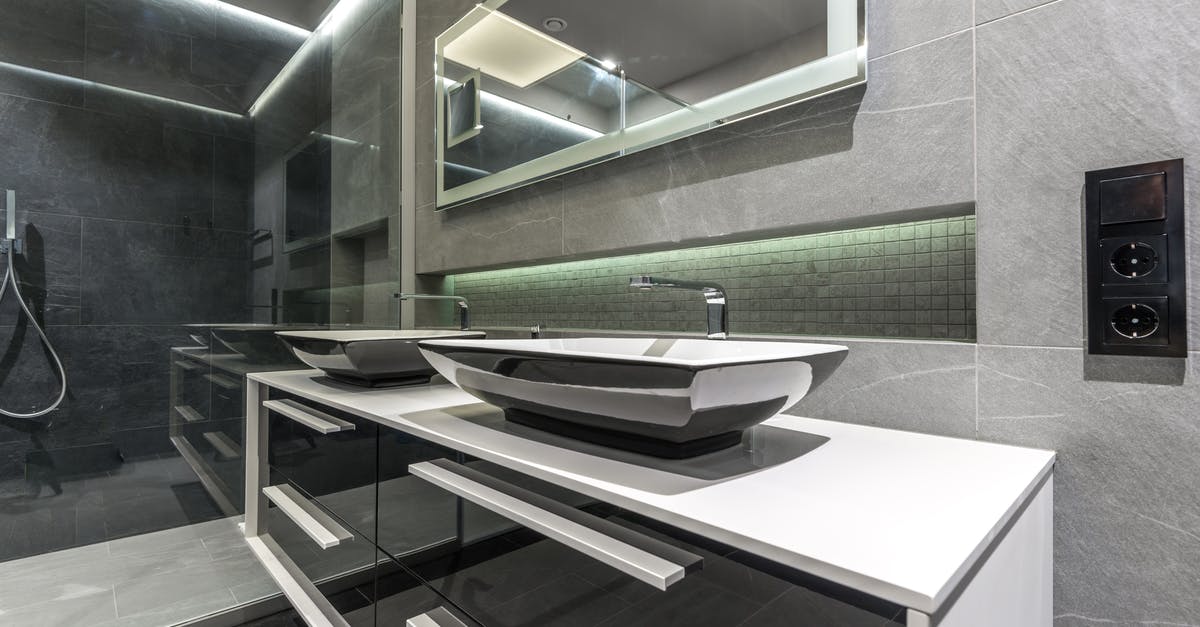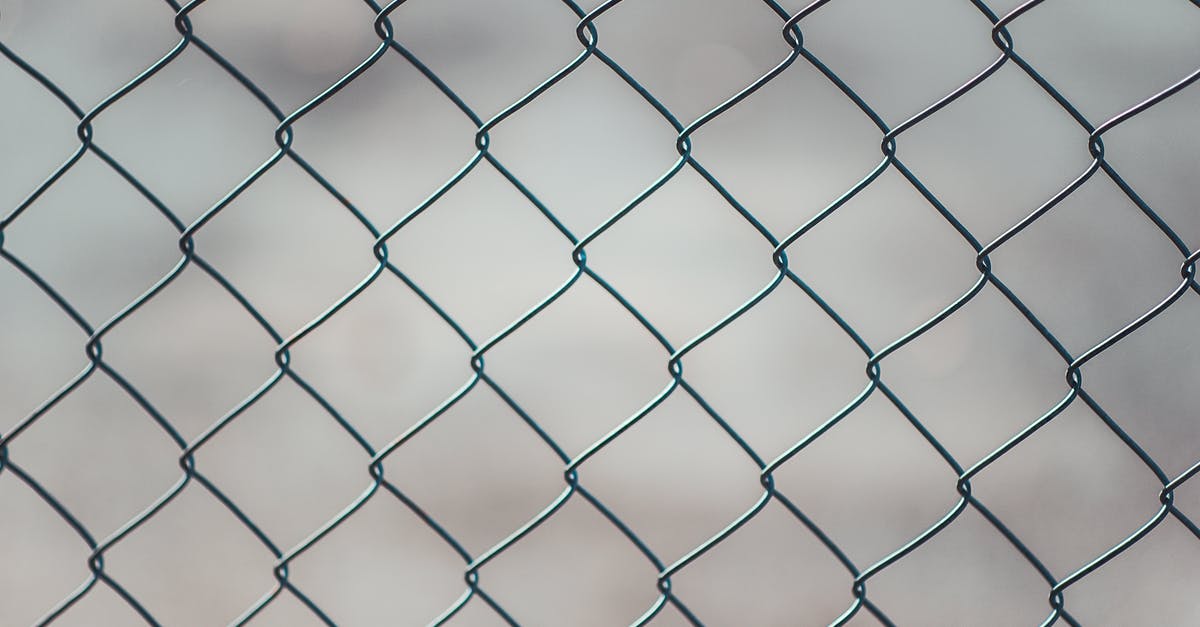Baking Steel/Pizza Steel Design

I use pizza stones all the time, but recently have heard about pizza steel/baking steel which is claimed to produce better results.
I have the know-how and materials to make my own, but do now know the best dimensions, and I also wonder about any potential drawbacks? So I was wondering what your experience was with Baking Steel and similar products?
It there any reason not to fill the entire tray from edge to edge with baking steel If I have a use for that much cooking area, or does the oven need a certain amount of unblocked area to function properly?
Additionally Steel is affected by temperature far more than ceramics. The examples I have seen did not seem to include any bracing to prevent warpage. Does anyone have any experience with their baking stones warping? I am thinking of a lip around the edge to help prevent spillage and retain the shape and flatness.
Which leaves me only my most important question. Thickness and efficiency. I am hearing that these steel should pre-heated for 1 hour, and obviously the thicker the steel the longer you would pre-heat them for. How does this effect energy usage? Obviously the oven is running for longer, but does this greatly effect the energy usage? Has anyone measured this directly, or perhaps knows how inefficient the average oven is at keeping its heat?
TL;DR:
1) How thick should Baking Steel be?
2) How much if any area do I need to leave open around the sides for the oven to function?
3) How much energy am I wasting by running the oven for longer? How much If I do not have a chain of items to cook after the pizza that require less and less heat (bread, cookies, etc)?
Best Answer
1) How thick should Baking Steel be?
Opinions vary. Standard thicknesses for these seem to be in the 1/4 inch to 1/2 inch range.
Advantages for thicker:
- Heat at faster rate for the initial burst of baking, if you're trying to reduce bake time as much as possible and approach Neapolitan style pizza (generally better ability to get some charring on the bottom, if that's your thing)
- Significantly improved ability to bake multiple pizzas with little recovery time in between
Advantages for thinner:
- Weighs less: this is a significant issue with larger steels -- my 1/2" steel weighs more than 30 pounds and is a bit awkward to move around, not to mention making thin oven racks sag a bit
- Faster pre-heat time
To me, the improvements of the thicker steel are worth the weight. I can do 3 or 4 pizzas in quick succession before I start to see the steel cool enough that I want to give it substantial recovery time. But it might be difficult to move around if you are concerned about heavy things. And if you only tend to bake one or two pizzas at a time, the thickness may not give you a huge advantage.
I've never heard of noticeable warping with steel plates this thick. If you go thinner than 1/4", maybe it could happen, but then you'd begin to lose advantages of the steel over a decent stone in terms of heat retention and "burst."
The only advantage of a lip, in my view, would be for the rare occasion when I miscalculate and have sauce that significantly overflows the pie, or a pizza gets stuck to the peel and ends up partly right on the edge of the steel with stuff bubbling over. More likely, it would just be in the way most of the time. But I have heard of people using steels as griddles on flat-top stoves -- in that case, having a groove (not really a "lip") near the edge could be helpful to catch grease, depending on what you're cooking.
2) How much if any area do I need to leave open around the sides for the oven to function?
Depends a bit on the type of oven, but you need some room for air circulation. The standard recommendation is at least about an inch on all sides in your oven, but you might be able to get away with less on some sides if you have adequate circulation on others. (For example, most ovens are wider than they are deep, so you might be able to get something closer to a square steel that has less clearance in front and back, as long as air can easily move around the sides.) And again, type of oven matters a lot: for example, if you want to run convection, you want to ensure proper clearance for air circulation. And gas ovens often assume more air circulation for proper operation than electric.
But from a practical standpoint, you may want to consider size vs. weight. I wouldn't really want a 1/2" steel that went edge to edge on my oven racks, as it would be even more heavy and awkward. (Tip: if you really want a very thick steel and want it to cover most of your oven, and you're having it custom-made, just have it sliced in half to make two smaller pieces that are easier to handle.) But with a thinner steel, I'd probably go as large as would be practical (with the 1" clearance or so). That's what I have with my thick baking stone.
3) How much energy am I wasting by running the oven for longer? How much If I do not have a chain of items to cook after the pizza that require less and less heat (bread, cookies, etc)?
The general philosophy is that cooking energy use (including baking) is generally quite small compared to all the other uses for electric and/or gas in your home (like heating/cooling, other appliances, etc.). I've seen stats that electric ovens are generally less than 2% of electricity use in homes (on average). For those who cook regularly (probably not most folks), the percentage is likely higher. Even if you double your oven use by preheating your oven for longer periods, it's probably not going to make a huge difference in your utility bill. But of course your situation may vary -- if you're baking pizzas at super-high temperature every day, and you're doing it in the middle of the summer with the A/C fighting the oven, that might be significant.
Lastly, the question asks in general if there are potential drawbacks, and I can say that I haven't noticed any for pizza. For years before buying a steel, I was known among family and friends for excellent pizza, so I had my doubts about the improvement. But the noticeably greater oven spring, the improved texture throughout, the faster bakes, the speckled charring on the bottom, the possibility to easily cook a "well-done" crispy pizza for those with such tastes (while using a dough that generally produces soft, thin crust) -- the steel to me is a much more efficient and flexible cooking tool for pizza than a stone.
For other baked goods, the choice is more up to the specific application. Large bread loaves can more easily char on the bottom at higher temperatures with the steel. But with lean breads I've seen improved oven spring and crust in some recipes. The only other minor disadvantage I can think of over a stone is that rust may be possible if you don't use it frequently and don't store it properly. But it's not a huge issue, and compared to the greater fragility of stones, I'd say it's a toss-up in terms of maintenance/durability issues.
Pictures about "Baking Steel/Pizza Steel Design"



What steel is used for pizza steel?
These steels are made from food-grade steel. Metal conducts heat better than stone \u2014 where a pizza stone holds onto heat, a baking steel takes in and then pushes out heat making for a cooking surface that gets much hotter even at the same oven temperature.How thick should a pizza steel be?
Most pizza steels have a thickness within the range of 3/16" to 1/2". The use of steel can have a significant effect on the baking time of your pizza.Can you use a baking steel in a pizza oven?
Place Baking Steel on the top rack of the oven and preheat on convection bake for one hour at 500 F. Launch pizza onto the center of the Baking Steel. Bake on convection for four minutes. Protip: Use your iphone timer!What metal is used for pizza ovens?
Pizza Today points out that a stainless steel pizza oven is a great conductor, so it will heat up very quickly. That said, it will also lose its heat more quickly if its fire isn't maintained. Those who need to whip up great pizza very quickly will appreciate a stainless steel oven.Making Pizza at Home on a Baking Steel In a Home Oven
More answers regarding baking Steel/Pizza Steel Design
Answer 2
I use a 3/8 inch (about 9.5mm) thick, 16 inch (40.6 CM) in diameter pizza steel in my gas oven. It's a full size oven (accepts a full sheet pan), so there is plenty of room around the steel. I'm not sure how to quantify wasted energy, but I find it needs at least an hour to fully heat to the maximum temperature of my oven. That's a tad over 500F...maybe 525F (260 - 273C), which is low for pizza, but with the help of the steel, I can turn out fairly good Neapolitan pies. I also have a stone. I find that slightly better when baking bread. I've never had a steel or stone warp. If you add a lip, which I don't think you will need, it probably goes without saying that said lip should be below the cooking surface, as you want a smooth surface to be able to manipulate your pizza with the peel.
Sources: Stack Exchange - This article follows the attribution requirements of Stack Exchange and is licensed under CC BY-SA 3.0.
Images: Max Vakhtbovych, Min An, Adrien Olichon, Giallo
